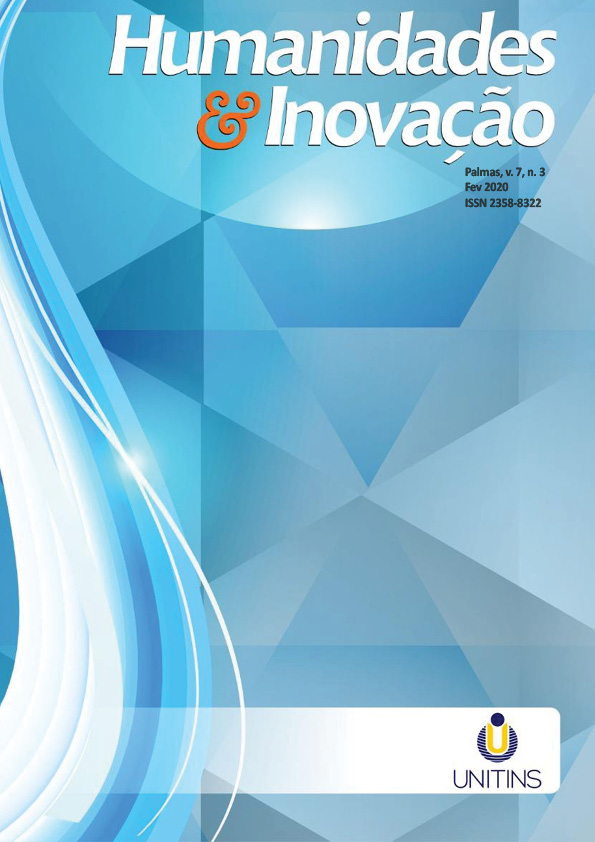A STUDY OF THE REPRESENTATION OF DOSTOEVSKY'S THOUGHTS IN THE WORKS OF HONORÉ DAUMIER AND GUSTAVE COURBET BASED ON THE THEORY OF INTERTEXTUALITY
Abstract
Philosophy, art and literature have interacted with each other in various periods to try to create themes, including the 19th-century realism movement. Among its leaders are Painting, Honoré Daumier and Gustave Courbet, and in the literature of Fyodor Dostoevsky who has created works on the themes of social realism. The purpose of this investigation, is investigate the principle that How and to what extent Dostoevsky's writing and literature in the works of Daumier and Courbet based on the theory of intertextuality retained their original identity and to what extent the feedback of Dostoevsky's ideas based on critical realism in Russian literature on these paintings is evident. Next, the representation of 3 Dostoevsky's literary works in the three works by Daumier and Courbet for intertextuality is evaluated using descriptive-analytic Riffaterre theories. At the end of the research, it is concluded that Dostoevsky's thinking based on Riffaterre's theory of intertextuality has influenced the works of Daumier and Courbet. However, according to Riffaterre's intertextual approach, this influence is most evident in the works of Honoré Daumier.
References
2. Gardner, E. (2015). the Transient Time, Translator Mohammad Taghi Faramarzi, Tehran, Kavosh Pardaz Publishing.
3. George P. Mandel. (1985). Introduction to the Works of Honoré Daumier, Translated by Mahin Mirabi, Tehran, Bahar Publishing.
4. Ghavimi Keshavarz, M, S. (2018). The Application of Michael Riffaterre's Theory in Intertextual Reading "Draw All Than Salim to the Object and Logic of Attar", Tarbiat Modares University Press, p. 28.
5. Karimi Motahar, J. (2002). A Study in the Characterization of the Method and Type of Describing Subjects in Russian Literature, Journal of Contemporary World Literature Research, No. 12, p. 154.
6. Khakbaz, M. (2005). How to Say More Importantly (Report on the Kinetic Roundtable of Modern Art at the Museum of Contemporary Art), Statue of Art and Architecture, No. 60, p. 3.
7. Larkin, A. (2004). Honoré Daumier of the Man of His Age, Translated by Mina Sarabi, Tehran, New World Publishing.
8. Namvar Maltagh, B. (2011). an Introduction to the Intertextuality of Theories and Applications, Tehran, Speech Publishing, p. 27.
9. Pakbaz, R. (1999). Encyclopedia of Art, Tehran, Contemporary Culture Publication.
10. Pinto, SA. (1984). Introduction to the Works of Gustave Courbet (A Study and Analysis of the Life and Works of One of the Founders of Nineteenth-Century Realism, Arabic translation by Sherwah.
11. Spender, A. (1972), The Painting of Fishermen and Laundry Workers and Poor Mothers, Negin Magazine, No. 78, p. 60.
Figure resources
1. Picture 1: The third class wagon, the source: (Gardner, 2015: 756)
2. Picture 2: Wheat Sifter, Source Wikipedia
3. Picture 3: Laundry, Source :( https://www.histoire-image.org/fr/etudes/cribleuses-ble )
4. Picture 4: Stone breakers, Source: (Gardner, 2015: 753)
5. Picture 5: Transnonain Street Source: (Gardner, 2015: 755)
6. Picture 6: The Wounded Man (Pinto, 1984: 37)
Copyright Notice
The submission of originals to this periodic implies in transference, by the authors, of the printed and digital copyrights/publishing rights. The copyrights for the published papers belong to the author, and the periodical owns the rights on its first publication. The authors will only be able to use the same results in other publications by a clear indication of this periodical as the one of its original publication. Due to our open access policy, it is allowed the free use of papers in the educational, scientific and non-commercial application, since the source is quoted (please, check the Creative Commons License on the footer area of this page).











